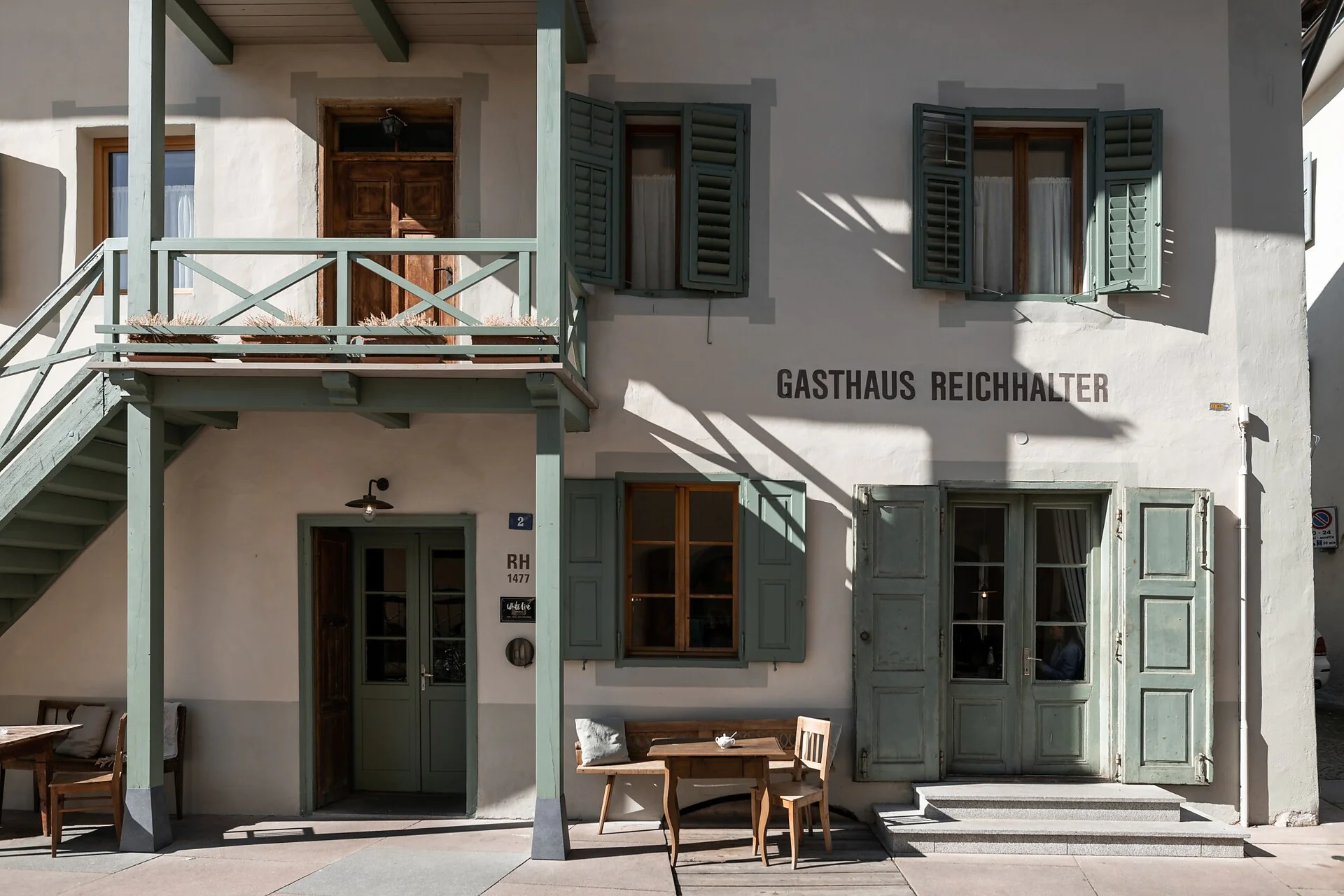At the foot of Churburg Castle, the historical focal point of the village, an old farmhouse has been converted into a museum where the once-meager farming life of the Vinschgau Valley is documented − a lovely counterpoint to the feudal world of the castle. In the basement and on the first floor there are spaces for special exhibitions. In keeping with this use, the structure of both farm buildings has been retained and enhanced with typical regional materials. Larch wood, traditional exterior plaster, glass and steel were used so that its contemporary use is expressed through fittingly modern details. The existing load-bearing structure was combined with today's architectural components so that a homogeneous unit reflecting both tradition and modernity could arise, which shows much of the artistic potential of the Vinschgau people in a timeless way.
































































































































































































